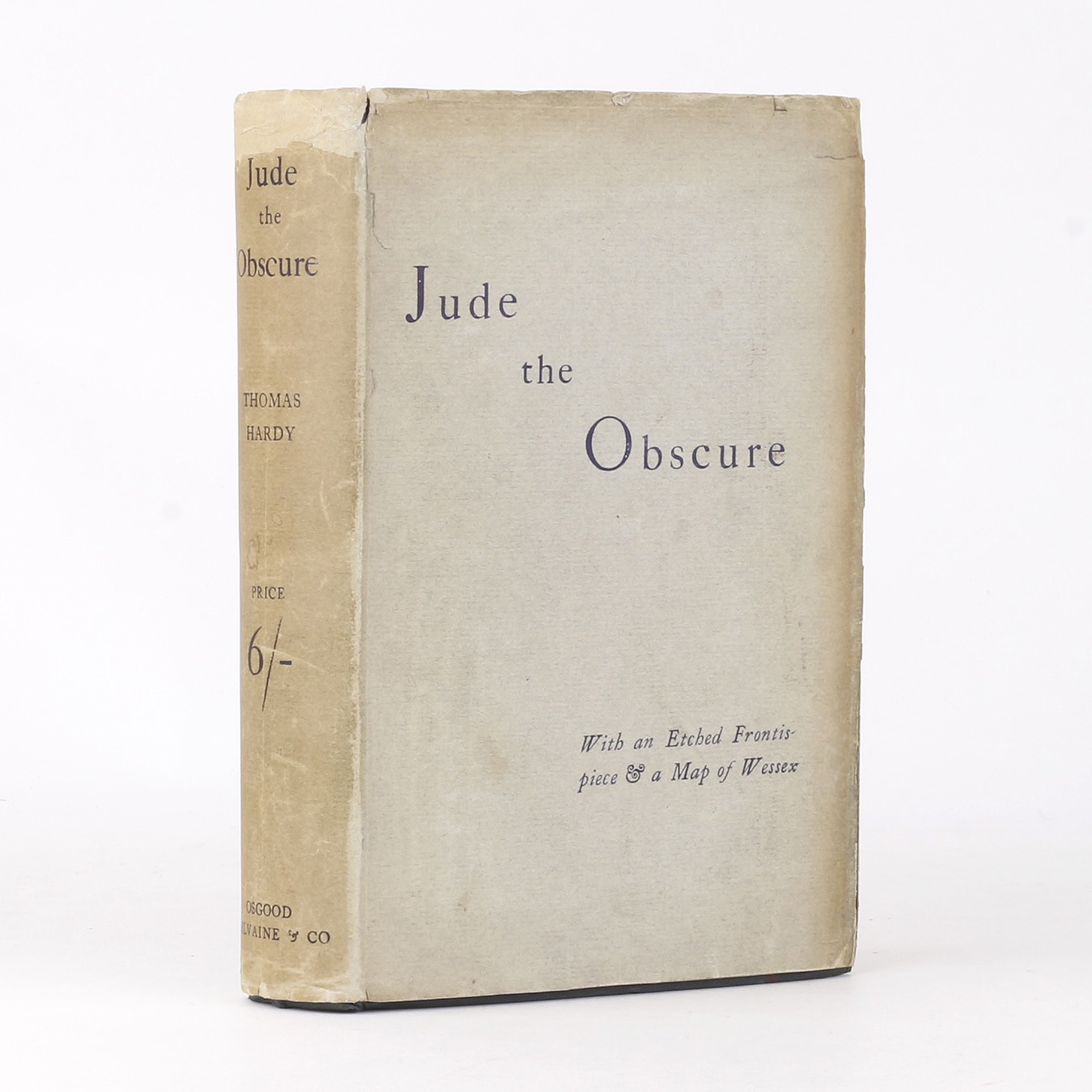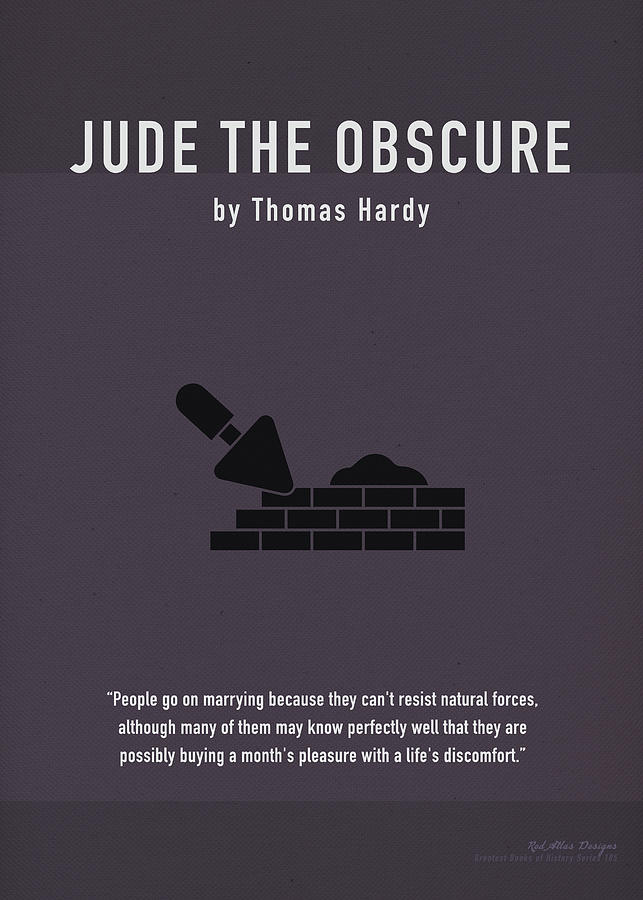
And, indeed, Hardy himself acknowledges the tangle of disconnections and self-contradictions disrupting the stability of character in a notebook admission (which shows it to be his design): Who can disagree? It is deeply involved in sustained and unsettled opposition and what may be termed the play of Derridean différance ( Positions 14). Undeniably, Jude is permeated with incoherence. The article also associates incoherence and contradictions in the narrative with attitudinal ambivalences in Hardy's own mind (473, 476). Hardy, in addition, is undeservedly dismissed as “the old-fashioned man from Wessex” (483) – which reminds us of the well-known “good little Thomas Hardy” epithets of Henry James's adverse judgment (Cox xxxi). failing to achieve unity and coherence” (479). Weatherby continues, arguing that “There is no unified authorial consciousness” (470), that “Hardy as narrator contradicts himself repeatedly in his estimation of what is right or wrong, good or bad, for his characters” (470), and that it is “an artistic failure. Indeed the centre cannot hold: the book falls into fragments” (“Hardy” 469).

It makes the case that what ails Jude is its unruliness and disjunctiveness: “the brilliance of the novel's peripheries can scarcely compensate for a profound weakness at its center. Weatherby, a foremost Hardy critic, serves as an outstanding example of such a critical view. An article entitled, “Hardy and the Fragmentation of Consciousness” (1975) by Harold L. The narrative was found most lacking in this respect.

These notions were high on the agenda of the New Criticism of the 1940s and onwards.


The basic premise behind this conception was the aesthetic notion of structural and thematic unity as well as coherence and integrity of character. In their evaluation of Jude the Obscure (1895), some earlier literary critics have justifiably (given the historical context) judged the text by the standards of the then dominant and sustained New Criticism trend, taking into account its symbiotic relationship with modernist aesthetics.


 0 kommentar(er)
0 kommentar(er)
